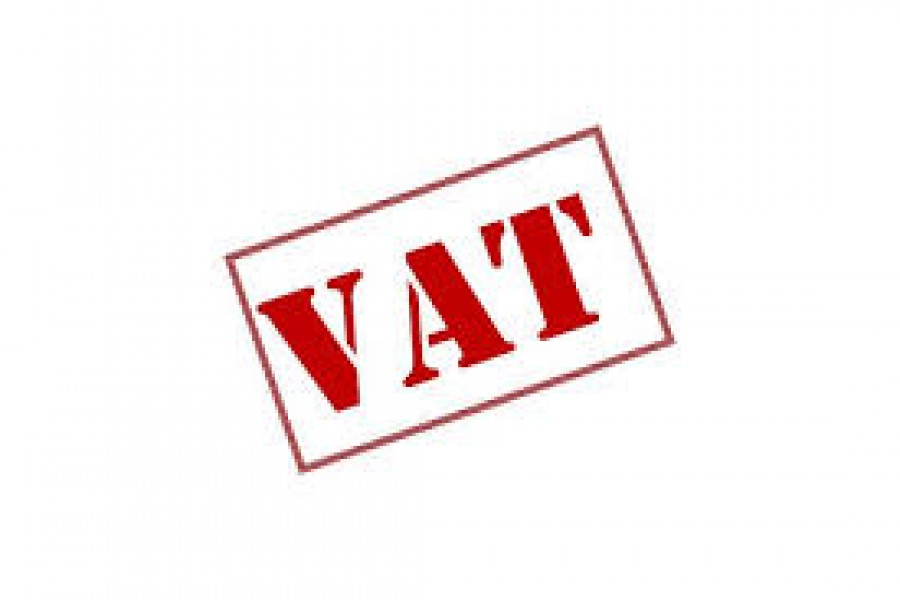VAT (value added tax) is a consumption tax. VAT is paid by the ultimate consumer of goods and services. VAT is paid when a consumer purchases goods and services. While purchasing goods and services, millions of consumers can not pay VAT directly to the government. So, primarily, the government has given the seller the responsibility of collecting VAT from the consumer. When the seller of goods and services takes payment against his sale, he takes VAT too. Then the seller deposits the VAT to the government treasury. This is the normal course of collecting VAT from the consumer.
But the job does not end here. There lies the possibility that the seller collects VAT from the purchaser but does not deposit it to the government. So, the government has advised some purchasers not to give VAT to the seller but to deposit VAT to the government accounts directly. They are some distinguished purchasers. They are called withholding entity. They are government, semi-government, autonomous bodies, banks, insurance companies, financial institutions, NGOs, limited companies, secondary and post-secondary educational institutions.
So, primarily VAT is not the concern of the seller. It is to be paid by the purchaser, to be collected by the government - although the seller has been given the responsibility of collection from the purchaser on behalf of the government. In our current VDS mechanism, a further burden has been imposed upon the seller which could have been avoided.
When the seller sells to any withholding entity, the VAT payment mechanism differs from the primary mechanism as mentioned above. The withholding entities generally make deferred payment by several months. While making payment, VDS (value deducted at source) is deducted and deposited to the government treasury. The present VDS provisions require that the seller shall pay VAT on the sale through the VAT return of the concerned month, even if he has not received payment against the sale. In fact, in such case, VAT shall not be given to the seller. VAT shall be deducted by the purchaser/ withholding entity and shall be deposited to the government.
This is creating extra strains on the current capital of the seller. The seller can get adjustment only after the withholding entity has made payment, deducted VAT, deposited to the government and issued withholding certificate. This process requires a couple of months. If VAT has to be paid while sale occurs, it has to be paid by the purchaser, not by the seller. It is most reasonable to wait till the payment is made, the VAT can be asked then. In our immediate past VDS regime, such was the provision. Supplier had the option to pay VAT or not to pay VAT till he receives payment from the purchaser.
The basic objective of VAT law is collection of VAT. Second objective is to collect VAT in a simple way. The Preamble of the Value Added Tax and Supplementary Duty Act, 2012 stipulates that one of the basic objectives of this law is simplification. In this case, the most reasonable and simplified way could have been: when the purchaser makes payment to the seller, then he deducts VAT and deposits to the government treasury. At best, the seller can keep the withholding ceritificate as an evidence of payment of VAT against the supply for audit purpose.
The withholding entities have been taken into trust. They have been given time not to pay VAT till they make payment against the purchase. When they report deduction and deposit, it is primarily accepted, though there remains scope to verify the deposit. Contrarily, when payment against the sale has not been made by the purchaser to the seller, then there lies no rationale that the seller shall pay VAT which is in no way his concern.
There are more such anomalies in our VDS mechanism. In our VAT system, too, there are anomalies. Whenever, any such anomaly comes to the notice, it demands quick remedy. To have a system that is simple, friendly to the VAT payers and VAT collectors, these are the sore points requiring redressal.
Dr. Md. Abdur Rouf currently works at a World Bank-financed VAT-related project as a Specialist. Opinions expressed in this article are his personal.


